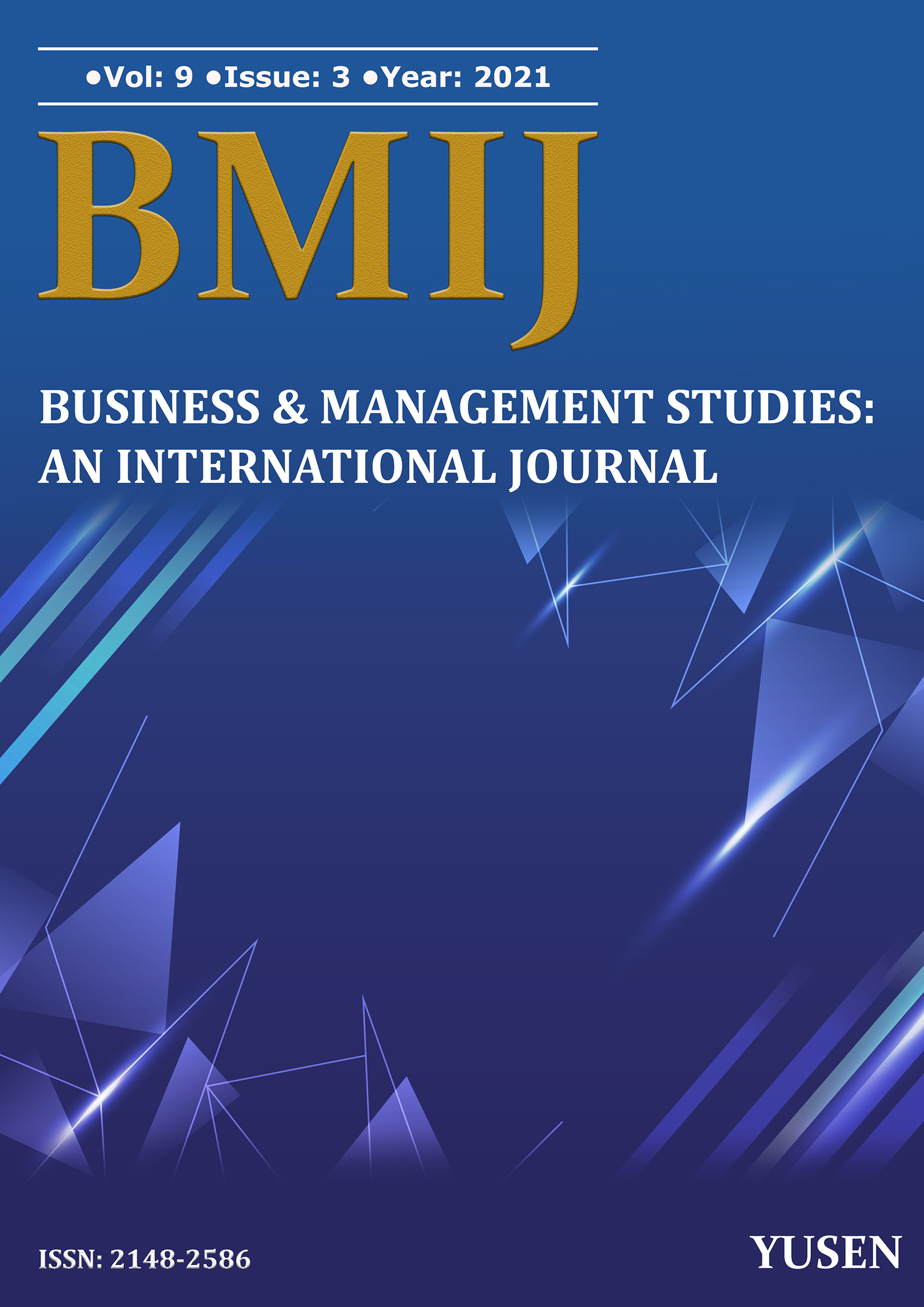
Published 2021-09-24
Keywords
- Hane Geliri, Hane Gelirini Etkileyen Faktörler, Hane Reisi, Hane Reisinin Demografik Faktörü, İstihdam
- Household income, affecting factors of household income, head of household, demographic factor of head of the household, Employment
How to Cite
Copyright (c) 2021 Abdul Kabir Azizi

This work is licensed under a Creative Commons Attribution-NonCommercial-NoDerivatives 4.0 International License.
Abstract
Studying household income is one of the most critical issues in poverty theory and income distribution. This research aims to identify and examine determinants of household income in Mazar-e-Sharif. The study is a descriptive-analytical methodology approach, and in terms of practical purpose, this study is applied research conducted a cross-sectionally with a microeconomic approach at the local level. The sample size included 200 households from the six sites of Mazar-e-Sharif in the year 2020, which were sampled through Be selected by chance. The data collection tool is an individual questionnaire conducted and collected by the researcher, which was analyzed by SPSS software using a regression model and developed econometrics model. The research findings show that the proposed regression model can predict 42.2% of the dependent variable. Furthermore, the analysis of regression model shows that the education of the head of household, members with contractual employment, number of employed members in households, income source of retirement, rent, Hawala, farm have the significant positive relationship with the dependent variable only income source of handicraft has the hostile relationship with the dependent variable. However, the rest of the independent variable does not have a significant relationship with the dependent variable.
Downloads
References
- ALCS. (2016-2017). ALCS. Kabul: Central Statistics Organization.
- Ashok, A. M. (2015). Household Resource Allocation under Negative Income Shock. World Development.
- Cothari, C. (2004). ALCS. New Delhi: New Age International.
- CSO. (2019). Ministry of Economy Afghanistan. Kabul: Central Statistics Office.
- Fair, K. C. (2007). Principles of Economics. Upper Saddle River. Pearson Education, 54.
- Heshmati, A. (2013). Analysis of the Determinants of Income and Income Gap between Urban and Rural China. IZA.
- JAEBR. (2014). Assessing Determinants of Income of Rural Households in Bangladesh. Journal of Applied Economics and Business Research, 80-106.
- Javanmardi, G. a. (2009). The Factors Affecting the income of Rural households in Afghanistan. Social Security Journal.
- Kenneth, S. (2007). Determinants of Soviet Household Income. The European Journal of Comparative Economics, 3-24.
- MPI. (2019). Repot of Afghanistan. Kabul.
- Organization, C. S. (2016-2017). ALCS. Kabul: CSO.
- Sarah, A. (2015). Determinants of Rural Household Income Diversification in Senegal and Kenya. Lund University, 73.
- Smith, K. (2007). Determinants of Soviet Household Income. The European Journal of Comparative Economics, 3-24.
- Temory, M. D. (2017). Determinants of Household Income in Afghanistan An Empirical Analysis. Ruhr- Universit at Bochum: IEE.
- Y, H. S. (2005). Temporal and regional variation in earnings inequality. Social Science Research.
- Yu, J. Y. (2017). Social determinants of household wealth and income in urban China. Chinese Journal of Sociology, 169-192.
- Zadah, H. (2007). Theoretical Foundations of justice in health. Social Security Journal, 9.
- Zadeh, H. (2007). Theoretical Foundations of justice in health. Social Security Journal, 11-43.


